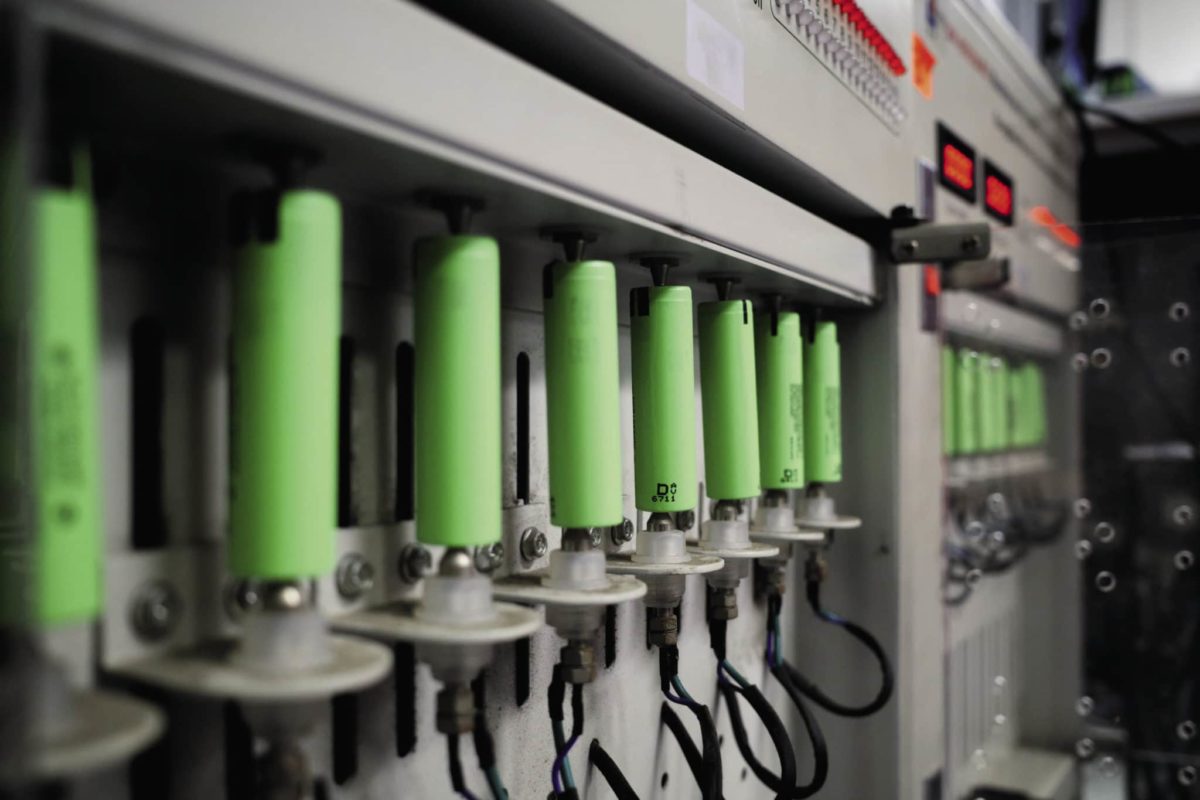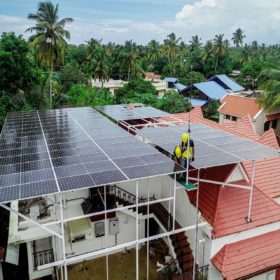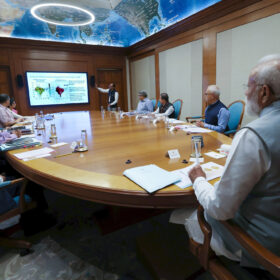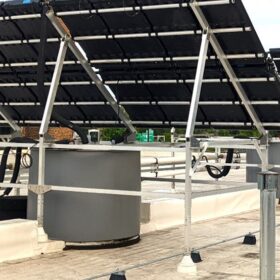ICRA estimates investments in battery cell manufacturing to exceed $9 billion (INR 70,000 crore) by 2030, given the incremental demand from various applications and future growth prospects post-2030.
The analysts say the manufacturing will be spurred by increasing demand for electric vehicles (EVs). In addition to the robust demand from EV vehicles, the annual battery demand for stationary applications (grid storage, telecom towers, etc) is likely to grow rapidly and become substantial.
EVs saw a significant upturn in prospects in FY2022, driven by government support in the form of subsidies, enhanced awareness, and increasing product launches. ICRA expects EV penetration to grow exponentially across automotive segments over the next decade. EV battery demand in India is expected to touch 15 GWh by 2025 and 60 GWh by 2030.
Achieving economies of scale in battery manufacturing will remain critical in lowering the cost of an EV and helping achieve pricing parity. Additionally, given that the charging infrastructure penetration will only improve gradually, improvements in energy efficiency remain imperative.
The analysts say locating cell manufacturing close to the original equipment manufacturers (OEM) would allow for the creation of a research and innovation ecosystem. This would aid the development of batteries with improved energy efficiency and better suited to Indian climatic conditions.
“In EVs, advanced chemistry batteries remain the most critical and the costliest component, accounting for almost 35-40% of the vehicle price. At present, battery cells are not manufactured in India, and thus most OEMs rely on imports, and manufacturing operations in India are limited to the assembly of battery packs,” said Shamsher Dewan, Senior Vice President & Group Head – Corporate Ratings, ICRA.
“To achieve mass-scale penetration of EVs and a competitive cost structure, India will need to create its own eco-system of developing battery cells locally. Multiple challenges exist on the road to establishing a cell manufacturing ecosystem, the primary ones being technology complexity, high capital intensity, and raw material availability. The ability of battery manufacturers to enter into agreements/alliances with players across the value chain to mitigate these risks, coupled with the creation of a robust framework for recycling, would remain key,” said Dewan.
Given the expected surge in battery demand for both EV and stationary applications, numerous entities have already committed significant investments in cell manufacturing. The Government of India (GoI) recently signed agreements with three companies for incentives under its Production-Linked Incentive (PLI) Scheme for Advanced Chemistry Cell (ACC) Battery Storage. The scheme emphasizes domestic value addition and is expected to support capability development in this sunrise sector.
Lithium-ion batteries have emerged as the battery of choice for EVs, given their high energy efficiency, decent thermal stability, and low self-discharge. “While lithium nickel manganese oxide (NMC) is the most prevalent cathode chemistry currently, lithium iron phosphate (LFP) chemistry is expected to gain increased acceptance going forward, given its higher thermal stability and lower production cost. Multiple other chemistries also continue to be under development, even as commercial viability for such chemistries may take time,” states the report.
This content is protected by copyright and may not be reused. If you want to cooperate with us and would like to reuse some of our content, please contact: editors@pv-magazine.com.








By submitting this form you agree to pv magazine using your data for the purposes of publishing your comment.
Your personal data will only be disclosed or otherwise transmitted to third parties for the purposes of spam filtering or if this is necessary for technical maintenance of the website. Any other transfer to third parties will not take place unless this is justified on the basis of applicable data protection regulations or if pv magazine is legally obliged to do so.
You may revoke this consent at any time with effect for the future, in which case your personal data will be deleted immediately. Otherwise, your data will be deleted if pv magazine has processed your request or the purpose of data storage is fulfilled.
Further information on data privacy can be found in our Data Protection Policy.